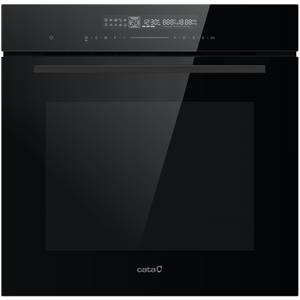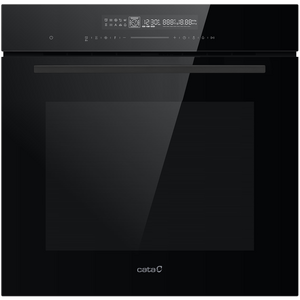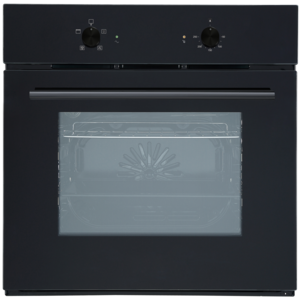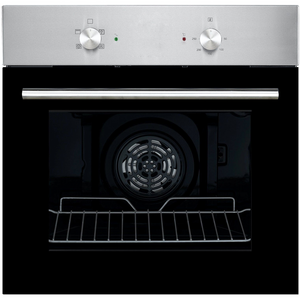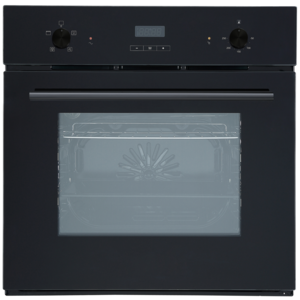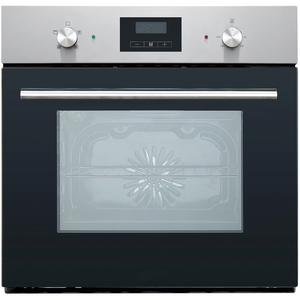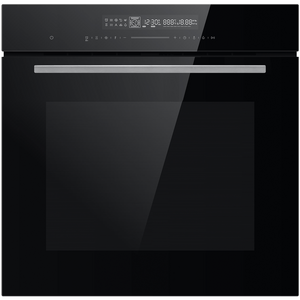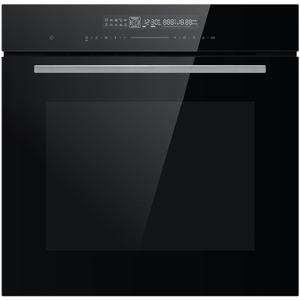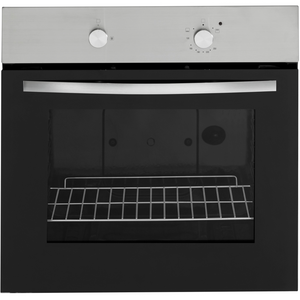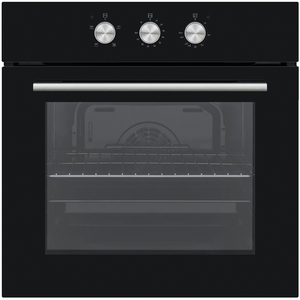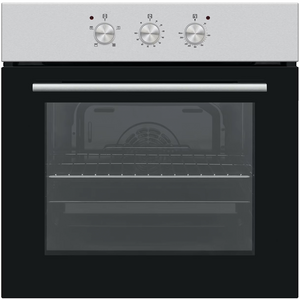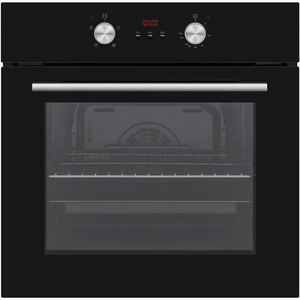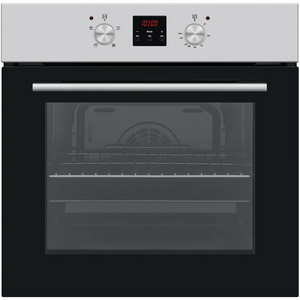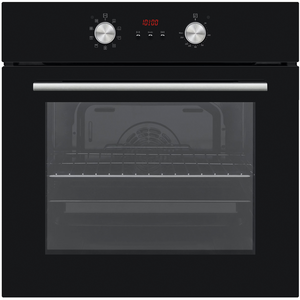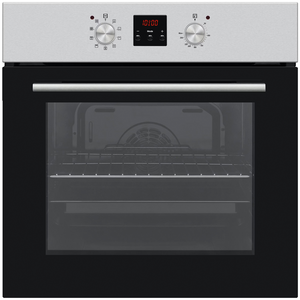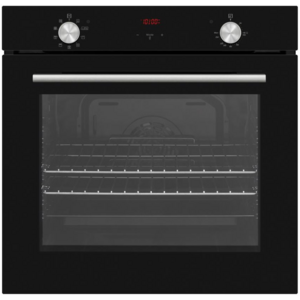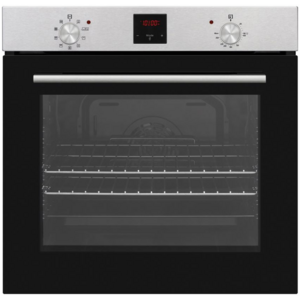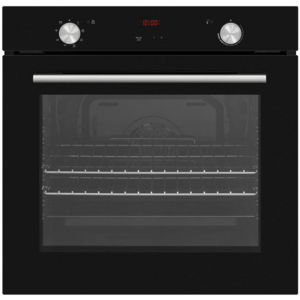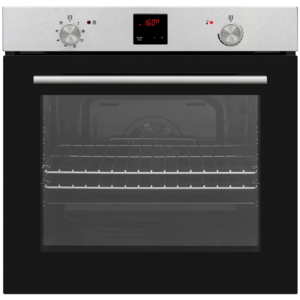Single Ovens
What Is a Single Oven?
A single electric oven features a single cavity for all cooking functions, making it ideal for smaller kitchens or where space is limited. Unlike double ovens, which have separate compartments, a single oven offers compact convenience without compromising on cooking performance.
Key Features of Single Ovens
- Efficient Cooking – Fan-assisted or conventional heat distribution ensures even results.
- Spacious Capacity – Typically around 60 litres, providing ample room for everyday meals.
- Versatile Functions – Options include grill settings, fan cooking, and multiple temperature controls.
- Sleek Designs – Available in black glass and stainless steel finishes, complementing modern kitchens.
- Easy Installation – Some models offer a 13A plug-and-go connection, eliminating the need for hardwiring.
What Is a Fan Oven?
A fan oven is an electric oven that uses a built-in fan and heating element to circulate hot air evenly throughout the cavity. This design ensures consistent cooking temperatures, reducing hot spots and providing faster, more even cooking compared to conventional ovens.
How Does a Fan Oven Work?
Unlike a traditional oven, which relies on heat rising from the bottom element, a fan oven has a circular heating element positioned around a fan at the back of the oven. The fan distributes the heated air evenly, maintaining a stable temperature throughout the cavity.
Benefits of a Fan Oven
- Even Cooking – No more hot or cold spots; food cooks uniformly on all shelves.
- Faster Cooking Times – The circulating air speeds up cooking, often allowing for lower temperatures and shorter cooking times.
- Energy Efficiency – Uses less energy by cooking at lower temperatures and more efficiently than conventional ovens.
- Ideal for Multi-Shelf Cooking – Perfect for baking multiple trays at once without uneven results.
- Consistent Results – Great for roasting meat, baking cakes, and cooking frozen foods evenly.
Fan Oven vs. Conventional Oven
This table compares fan ovens and conventional ovens, highlighting their key differences in heating method, cooking time, temperature requirements, and best uses. Whether you're looking for even heat distribution for multi-shelf baking or prefer a traditional cooking style, this guide will help you understand which oven best suits your needs.
| Feature | Fan Oven | Conventional Oven |
|---|---|---|
| Heating Method | Fan circulates air around a heating element | Heat rises from the bottom element |
| Cooking Time | Faster | Slower |
| Even Cooking | Yes – uniform heat distribution | No – hot spots may occur |
| Temperature Needed | Lower than conventional ovens | Higher temperatures required |
| Best For | Baking, roasting, multi-shelf cooking | Slow-cooked dishes, traditional baking |
Is a Fan Oven Better?
A fan oven isgenerally preferred for its efficiency, speed, and even cooking results. It’s ideal for everyday cooking, especially when preparing multiple dishes at once. However, some recipes, particularly delicate bakes, may require a conventional oven setting to avoid excessive drying.
Many modern ovens come with both fan and conventional functions, allowing flexibility depending on the dish being prepared.
